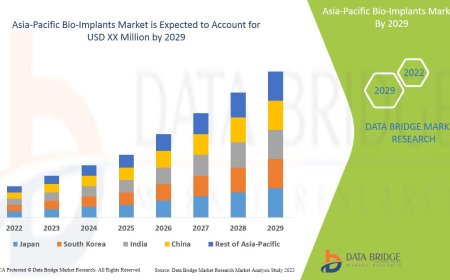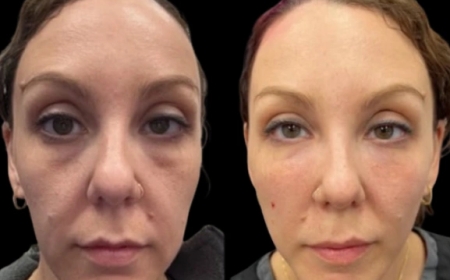Digital Twins & Real-World Evidence in Pharma Trials 2025
digital twins clinical trials, real world evidence pharma
The pharmaceutical industry is leveraging advanced technologies to streamline clinical trials and improve drug development outcomes. In 2025, digital twins clinical trials and real world evidence pharma are driving significant advancements, offering new ways to enhance trial efficiency and drug efficacy. This article delves into how these innovations are transforming clinical research and their implications for the future.

Understanding Digital Twins in Clinical Trials
Digital twins clinical trials involve creating virtual models of patients or biological systems using real-time data. These models simulate how patients might respond to treatments, enabling researchers to test hypotheses without risking human subjects. In 2025, digital twins are being used to optimize trial designs, predict outcomes, and reduce costs.
For example, a digital twin of a liver can simulate how a drug is metabolized, helping researchers identify potential toxicities early. This approach minimizes the need for extensive animal testing and accelerates the transition to human trials. Additionally, digital twins enable adaptive trial designs, where protocols can be adjusted based on real-time simulation data.
The Power of Real-World Evidence in Pharma
Real world evidence pharma refers to data collected from real-world settings, such as electronic health records, wearables, and patient registries, to inform drug development and regulatory decisions. In 2025, RWE is becoming a critical component of clinical trials, providing insights into how drugs perform in diverse populations outside controlled environments.
RWE complements digital twins by providing the data needed to create accurate virtual models. For instance, RWE from patient wearables can feed into a digital twin to simulate long-term drug effects, offering a more comprehensive understanding of a drugs safety profile. This integration is helping pharma companies meet regulatory requirements more efficiently, as agencies like the FDA increasingly accept RWE for approvals.
Synergizing Digital Twins and RWE for Better Trials
The combination of digital twins and RWE is revolutionizing clinical trials. Digital twins rely on high-quality data to generate accurate simulations, and RWE provides a rich source of real-world insights. Together, they enable researchers to design trials that are more representative of real-world conditions, improving the applicability of results.
In 2025, pharma companies are using this synergy to reduce trial timelines. For example, a digital twin informed by RWE can predict which patient subgroups are most likely to respond to a drug, allowing researchers to focus recruitment efforts. This targeted approach reduces costs and accelerates the development of therapies for rare diseases.
Challenges in Implementation
Implementing digital twins and RWE in clinical trials is not without challenges. Data integration is a significant hurdle, as RWE often comes from disparate sources with varying formats. Advanced analytics and AI are being used to harmonize these datasets, but the process remains complex.
Additionally, ensuring the accuracy of digital twins requires robust validation against real-world outcomes. Pharma companies are investing in partnerships with tech firms to develop standardized protocols for digital twin validation, ensuring reliability and regulatory compliance.
The Future of Clinical Trials in 2025
Looking ahead, the integration of digital twins clinical trials and real world evidence pharma will continue to drive innovation. These technologies are enabling personalized medicine, where treatments are tailored to individual patient profiles. They are also facilitating decentralized trials, allowing patients to participate remotely through digital platforms.
As regulatory frameworks evolve to accommodate these technologies, their adoption will accelerate. Pharma companies that invest in digital twins and RWE will gain a competitive edge, delivering safer and more effective drugs to market faster.
Conclusion
In 2025, digital twins clinical trials and real world evidence pharma are transforming the pharmaceutical industry. By combining virtual simulations with real-world data, these innovations are enhancing trial efficiency, reducing costs, and improving patient outcomes. The future of clinical research is bright, with these technologies paving the way for more precise and accessible treatments.




































